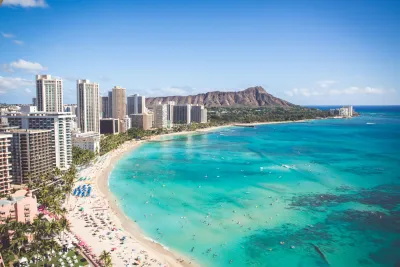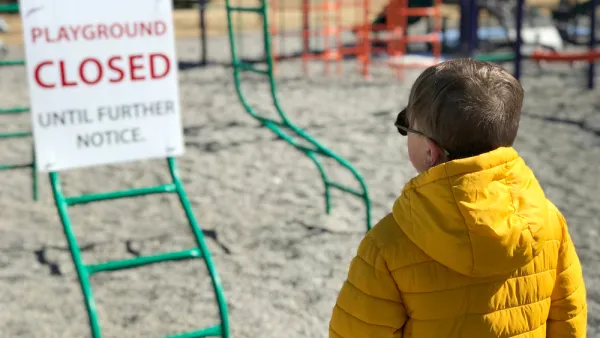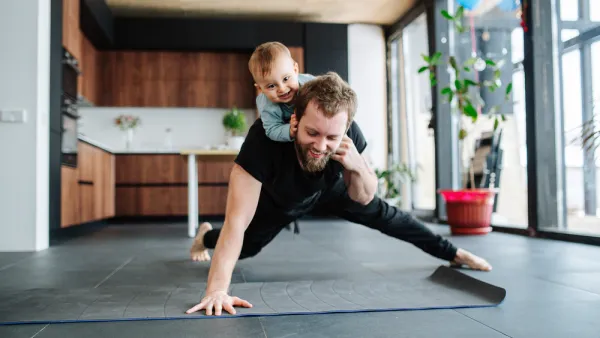Beaches and parks on Oahu are closed to the public once again as the city attempts to control the spread of COVID-19.

Can you imagine Honolulu without its beaches? Well, the beaches are not actually disappearing. But they are closed to the public until September 4th. Parks and trails (with few exceptions) are also off-limits as COVID-19 cases have spiked on Oahu, prompting authorities to act in an effort to prevent large gatherings of people in public spaces.
In the midst of the COVID-19 pandemic, beaches, parks, and trails across the U.S. have become very popular as more and more people venture outside for recreation. Numerous articles and studies have also documented how people are spending more time outdoors for their physical and mental health and well-being. Thus understandably, some Honolulu residents are disappointed and frustrated by the government's decision.
As Christy Stanton, one of the individuals interviewed for this Honolulu Advertiser article, said “I understand about the need to stop the virus from surging, but I think parks are where people can exercise and keep social distance in small household groups — we need it especially when people aren’t working and are cooped up.” There are, however, exceptions to the closures. Most notably, surfers are still allowed to get in the water; they are just not allowed to hang out on the beach. This provision is keeping those who surf happy, with their sentiments captured by Sean Steele who said the closures “don’t really affect me, I just surf.”
The next few weeks will be tough for Honolulu residents. After all, spending time in the beautiful outdoors is a key component of the slowed-down, low-stress island lifestyle. Let's hope that the closures will help to stop the spread of COVID-19 in Honolulu and that residents will be able to return to their beloved beaches, parks, and trails soon.
FULL STORY: Recreationists react to closures of city and state parks, beaches and campgrounds

National Parks Layoffs Will Cause Communities to Lose Billions
Thousands of essential park workers were laid off this week, just before the busy spring break season.

Retro-silient?: America’s First “Eco-burb,” The Woodlands Turns 50
A master-planned community north of Houston offers lessons on green infrastructure and resilient design, but falls short of its founder’s lofty affordability and walkability goals.

Delivering for America Plan Will Downgrade Mail Service in at Least 49.5 Percent of Zip Codes
Republican and Democrat lawmakers criticize the plan for its disproportionate negative impact on rural communities.

Test News Post 1
This is a summary

Test News Headline 46
Test for the image on the front page.

Balancing Bombs and Butterflies: How the National Guard Protects a Rare Species
The National Guard at Fort Indiantown Gap uses GIS technology and land management strategies to balance military training with conservation efforts, ensuring the survival of the rare eastern regal fritillary butterfly.
Urban Design for Planners 1: Software Tools
This six-course series explores essential urban design concepts using open source software and equips planners with the tools they need to participate fully in the urban design process.
Planning for Universal Design
Learn the tools for implementing Universal Design in planning regulations.
EMC Planning Group, Inc.
Planetizen
Planetizen
Mpact (formerly Rail~Volution)
Great Falls Development Authority, Inc.
HUDs Office of Policy Development and Research
NYU Wagner Graduate School of Public Service





























